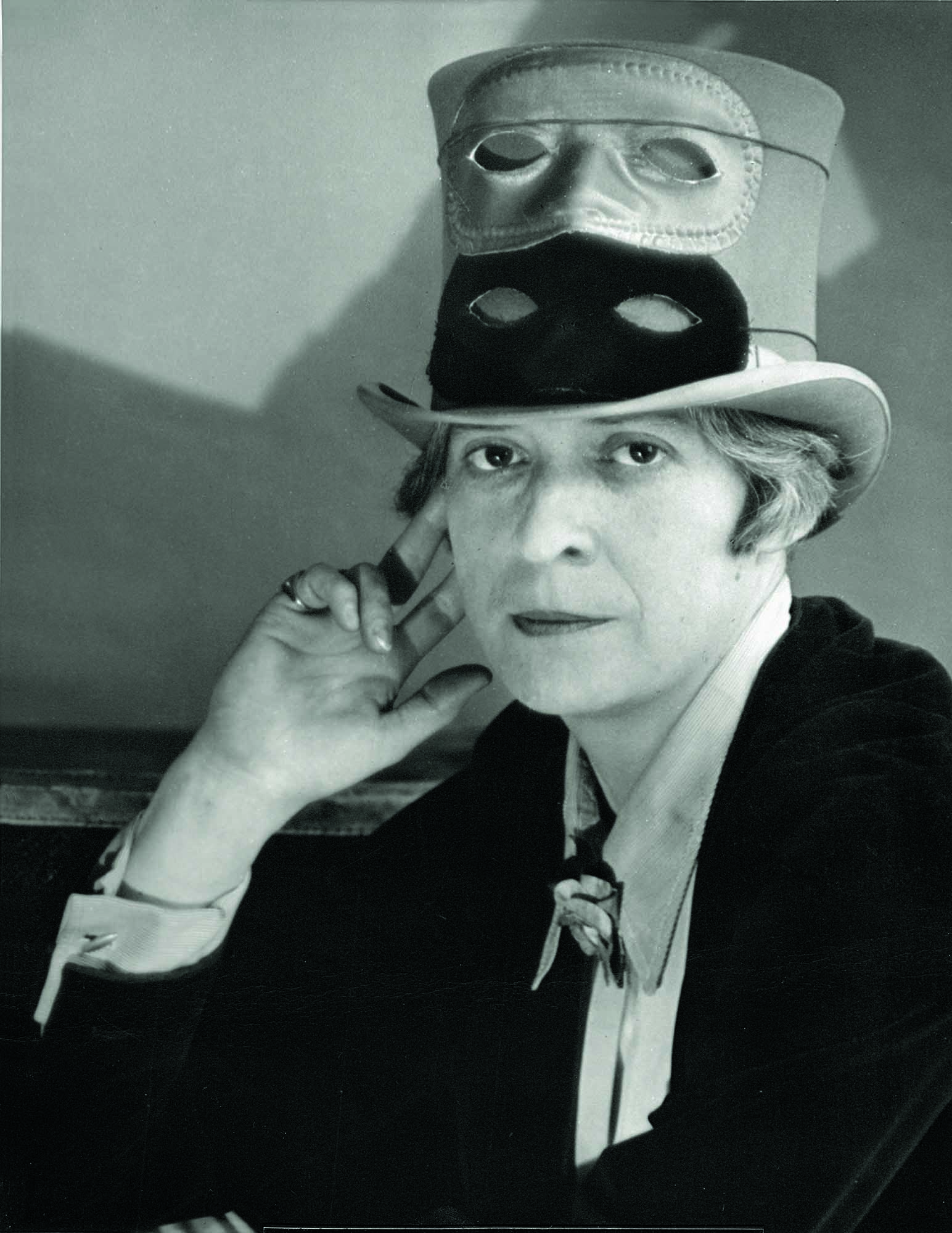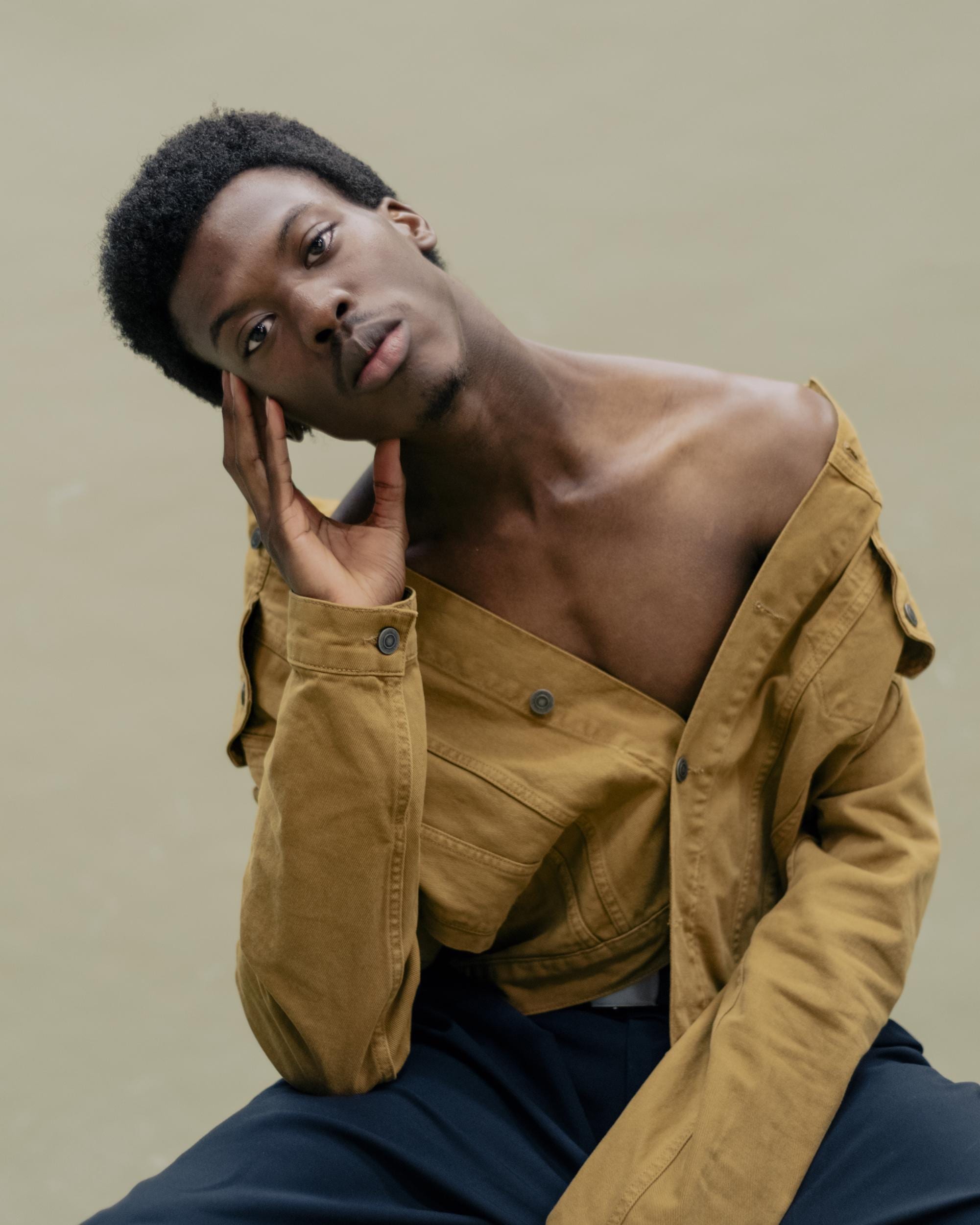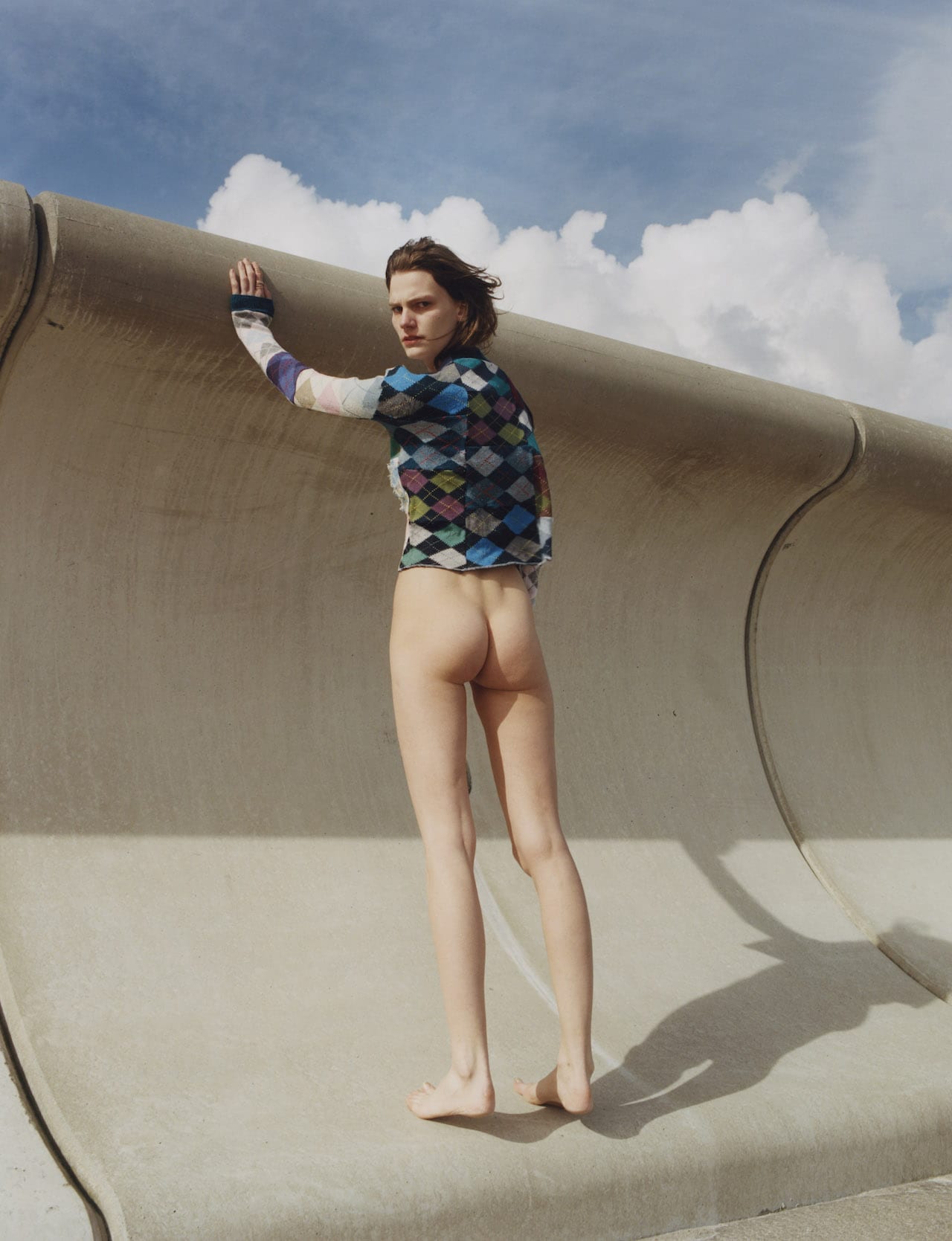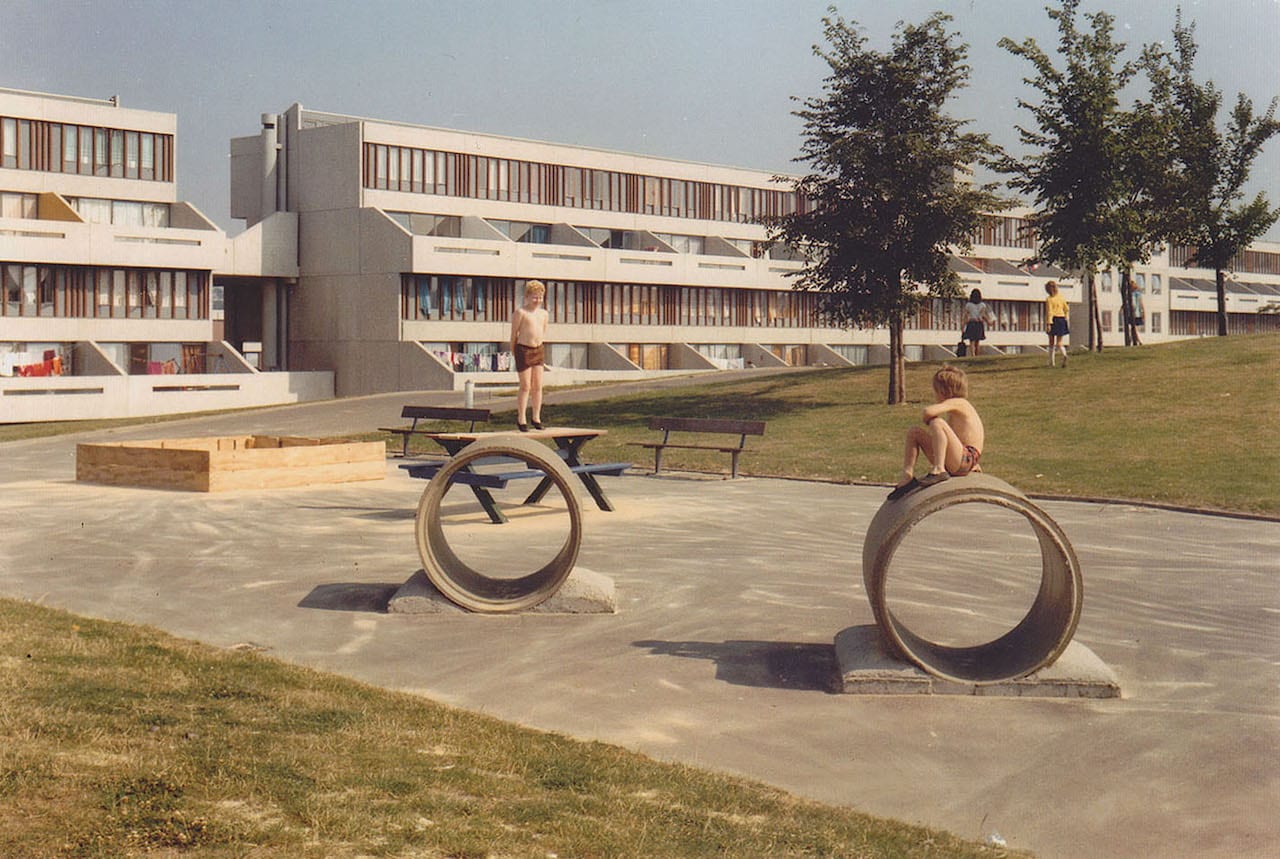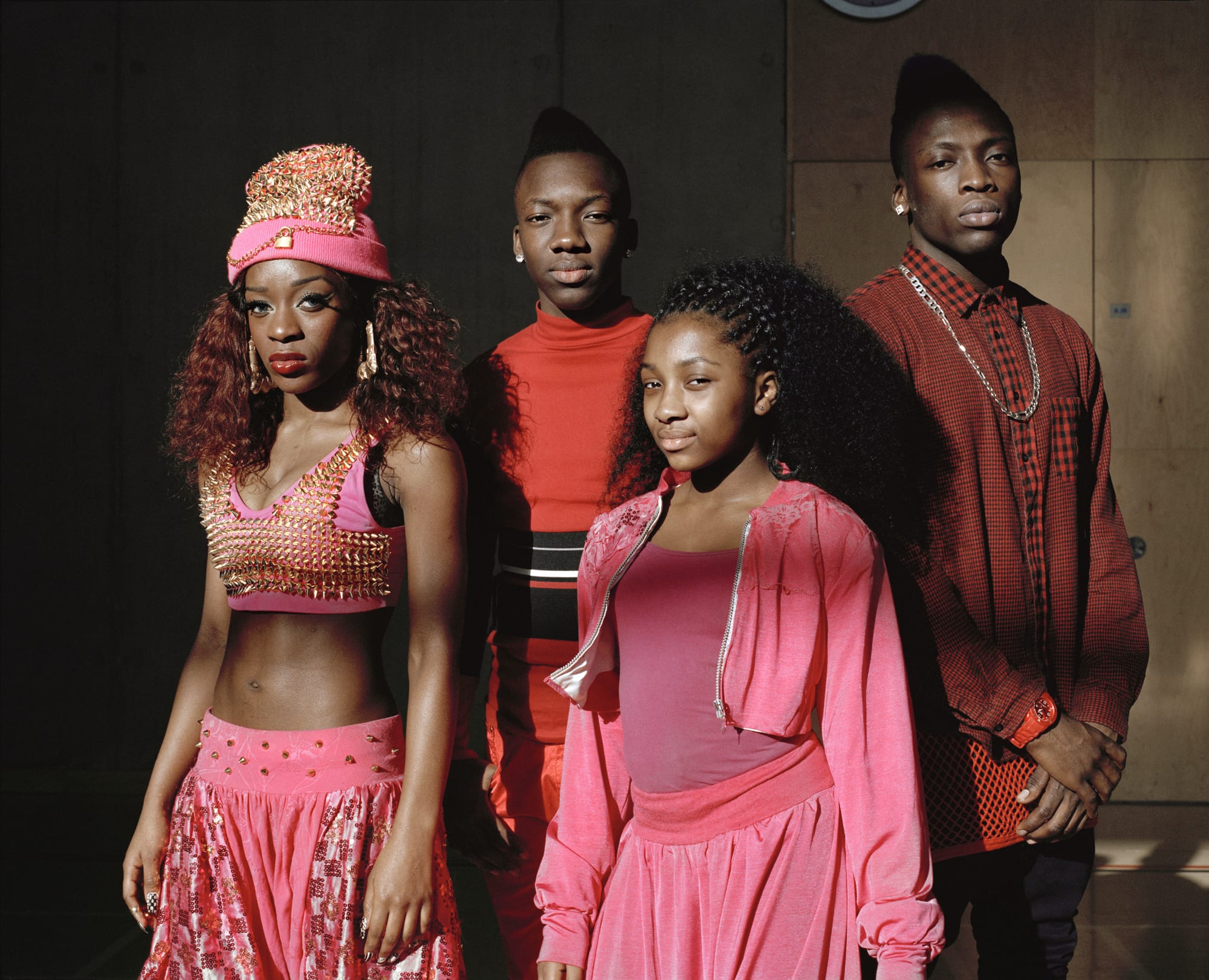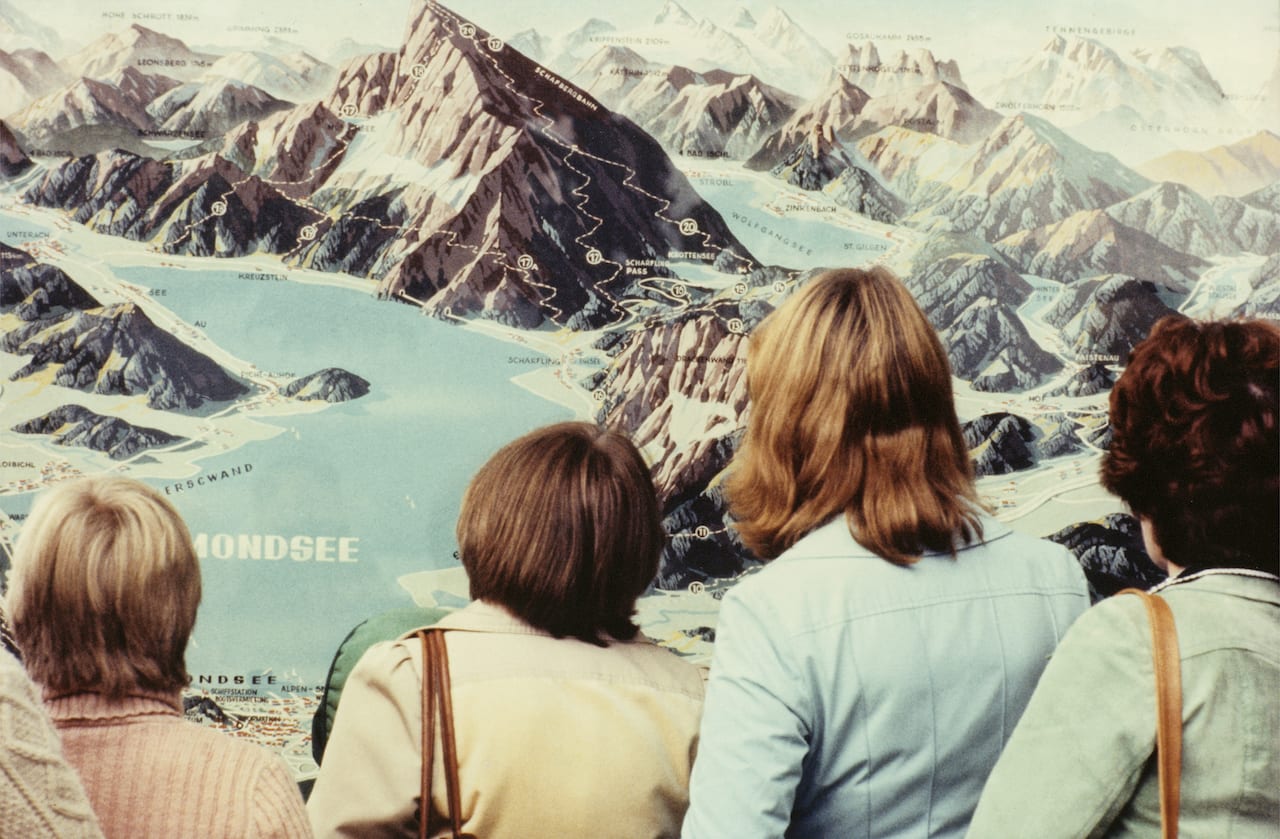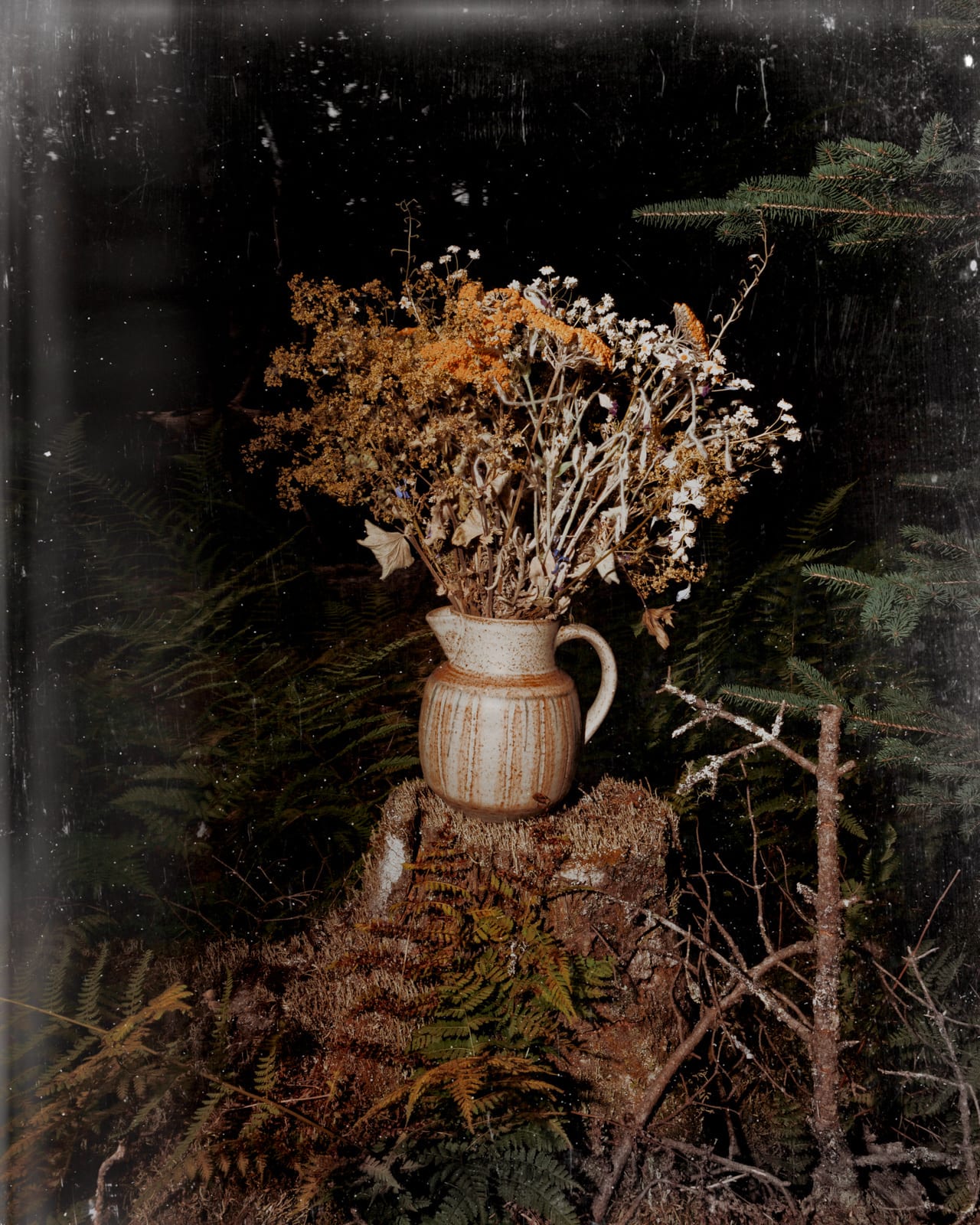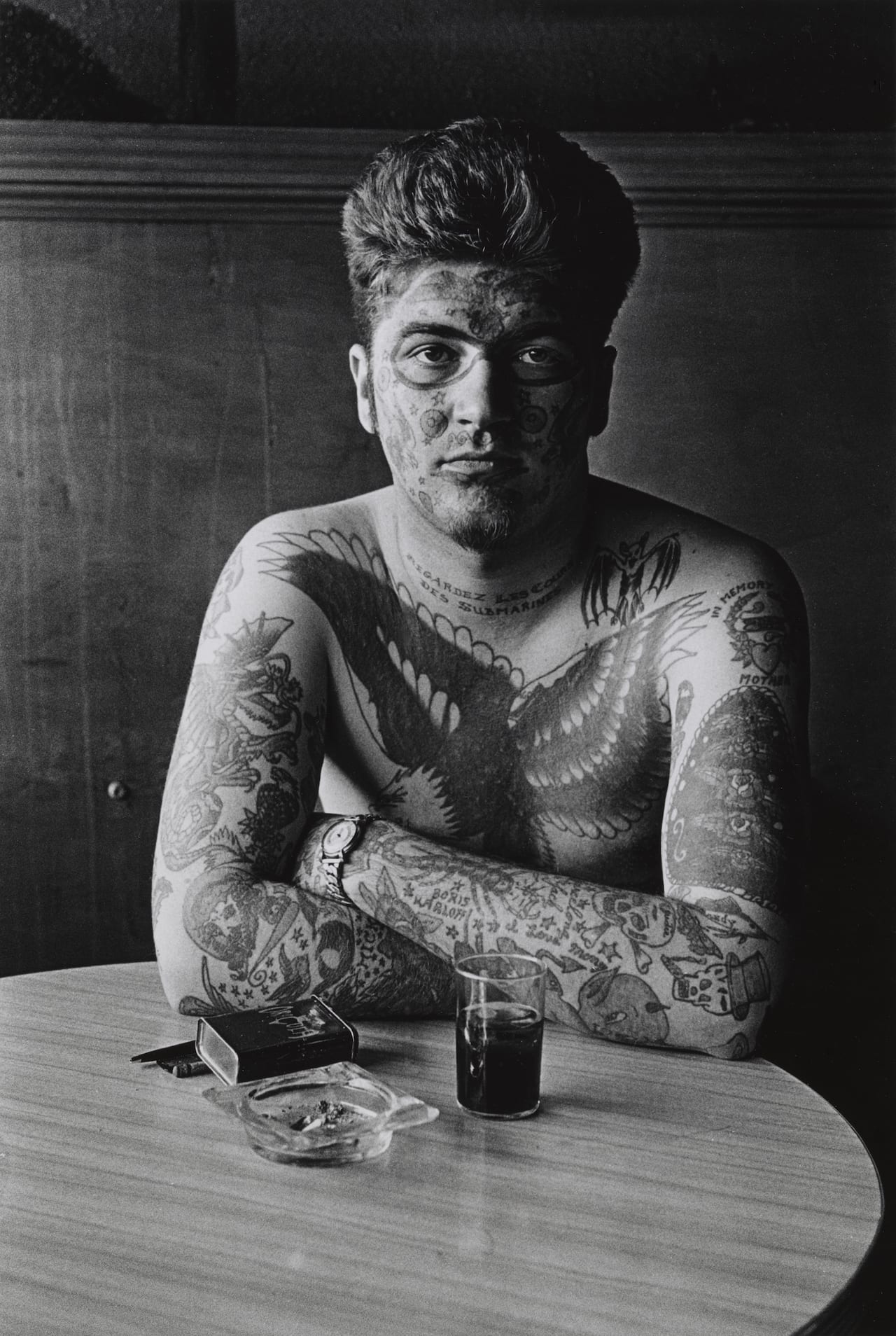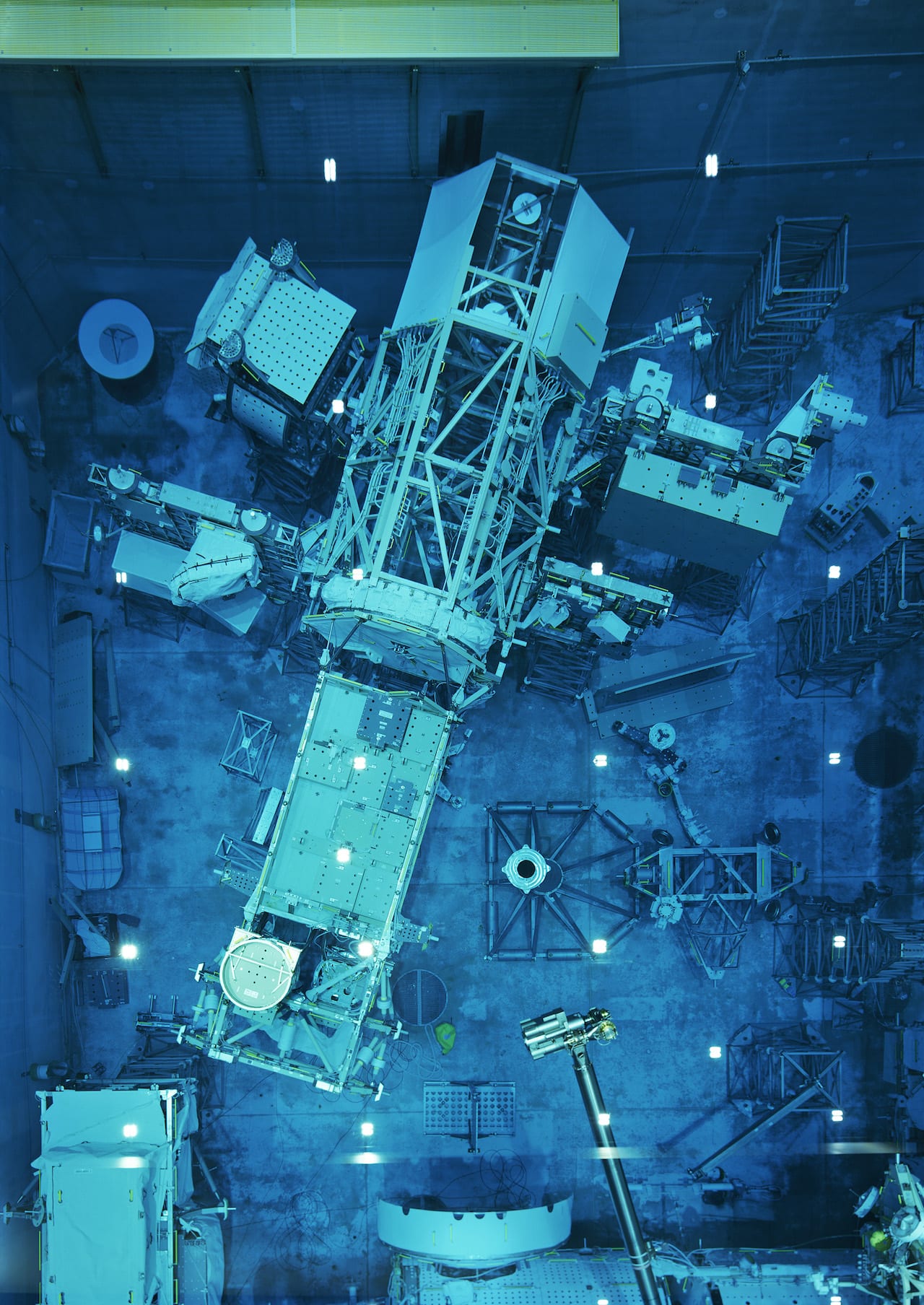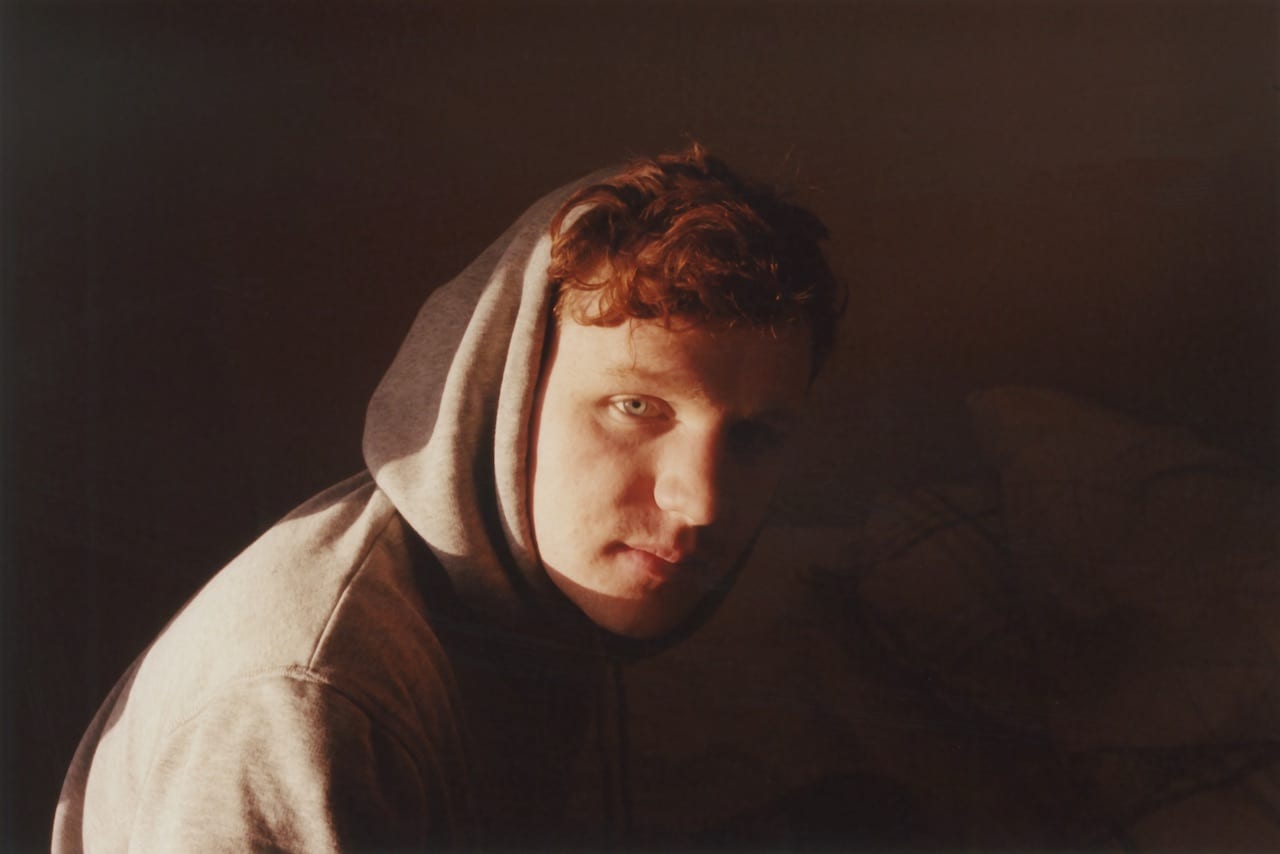“To me photography is a means, perhaps the best means of our age – of widening knowledge of our world. Photography is a method of education, for acquainting people of all ages and conditions with the truth about life today,” wrote photographer Berenice Abbott, in an unpublished text from 1946, Statement in Regard to Photography Today. Berenice Abbott: Portraits of Modernity will run at the Fundación MAPFRE in Barcelona till 19 May 2019. Following its showing in Barcelona, the exhibition will go on display at the Fundación MAPFRE’s Sala Recoletos in Madrid from 01 June till 23 August.
